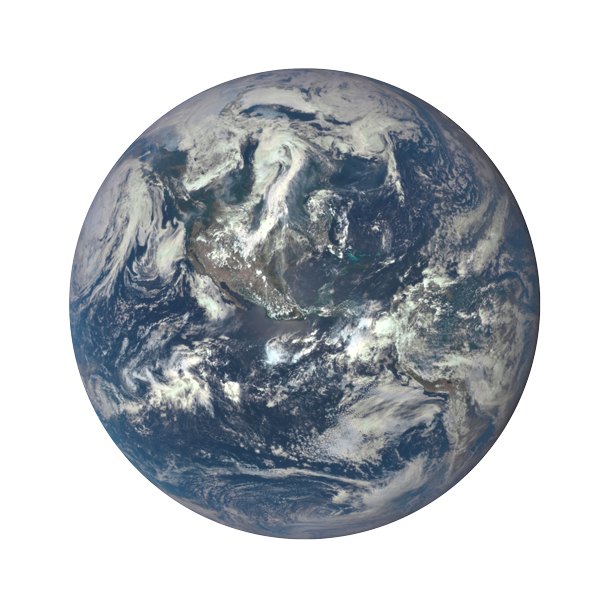Creating Responsibly:
A Practical Guide
Reduce, reuse, recycle: we’ve heard it over and over. But when words become as ubiquitous as those, they can lose their original meaning and strength.
In an effort to breathe a little life back into the saying, we’ve rounded up a few design examples that illustrate what it means to create more responsibly in support of our planet.
 Loop
Loop
Posted: November 2019
These thoughtful, clever solutions go beyond materials and sourcing, tackling the challenge of waste from different angles.
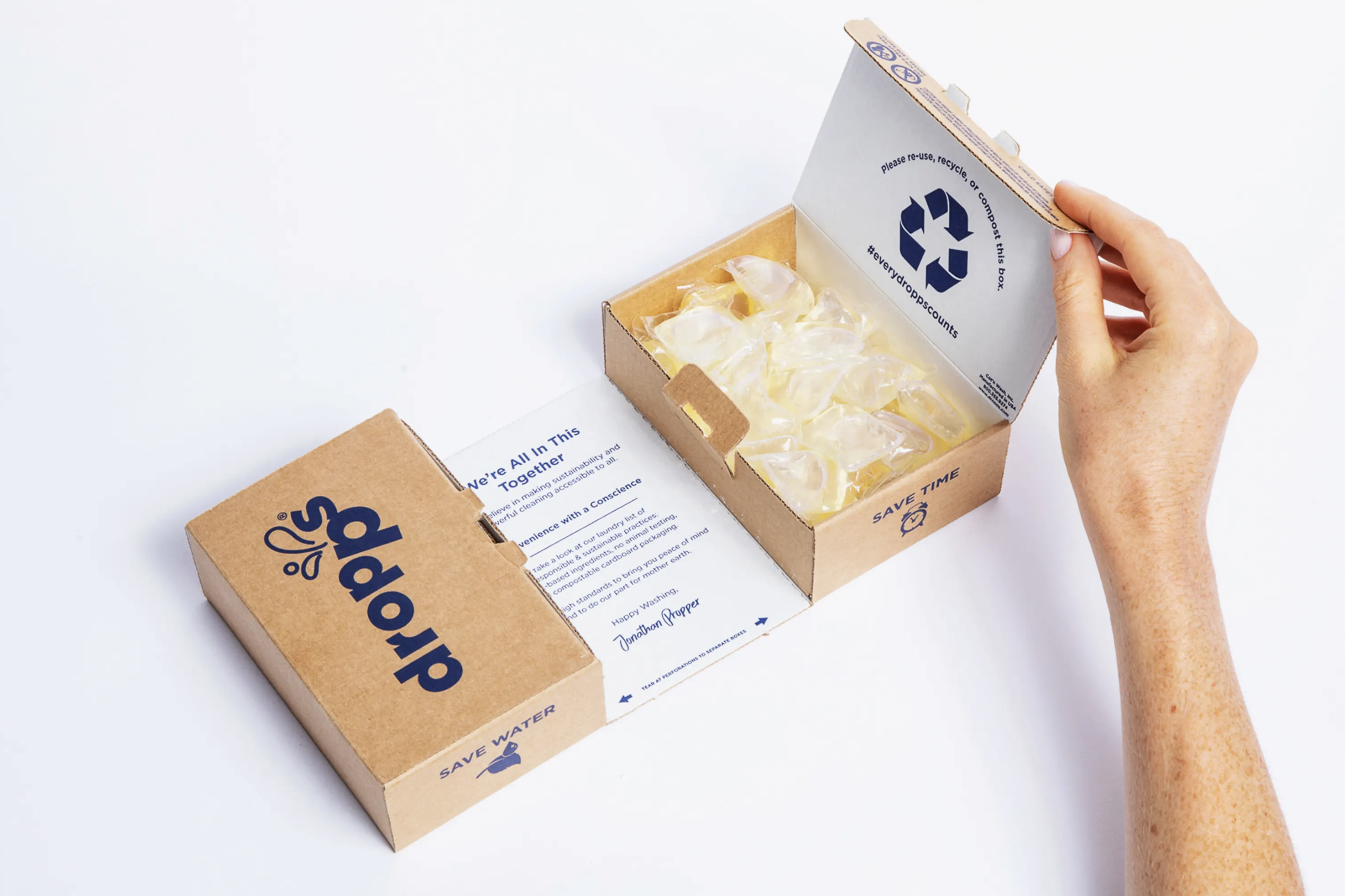
Create with less.
Dropps, the household detergent brand, created a simple and smart mailer by merging its shipping box and product packaging together. Rather than shipping a box within a box, Dropps pods are packed inside two twin cardboard boxes designed to fold into one another. Once folded, the singular box is sealed together with a simple shipping label. Not only does this design require less material, but its compact nature is more economical for shipping and leaves customers with less waste to deal with.
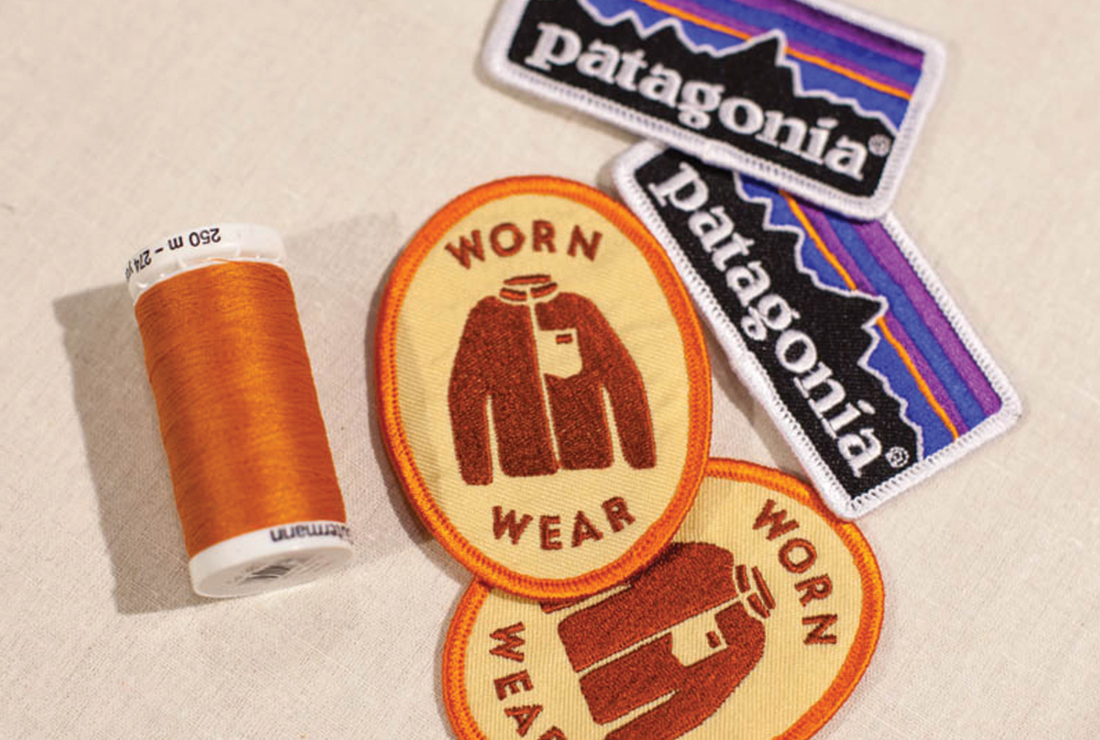
Create to last.
Patagonia is the gold standard when it comes to environmental ethics. The company recognizes the importance of creating high-quality, made-to-last goods. But when you’re out adventuring, gear can tear, break, and become damaged. Knowing many are in the habit of simply throwing things out, Patagonia encourages customers to send back goods for repair through their Worn Wear service. By extending the life of their gear, Patagonia helps cut down on carbon, water, and waste related to manufacturing brand-new products. “Drop it in the mail, not in a landfill,” they say.
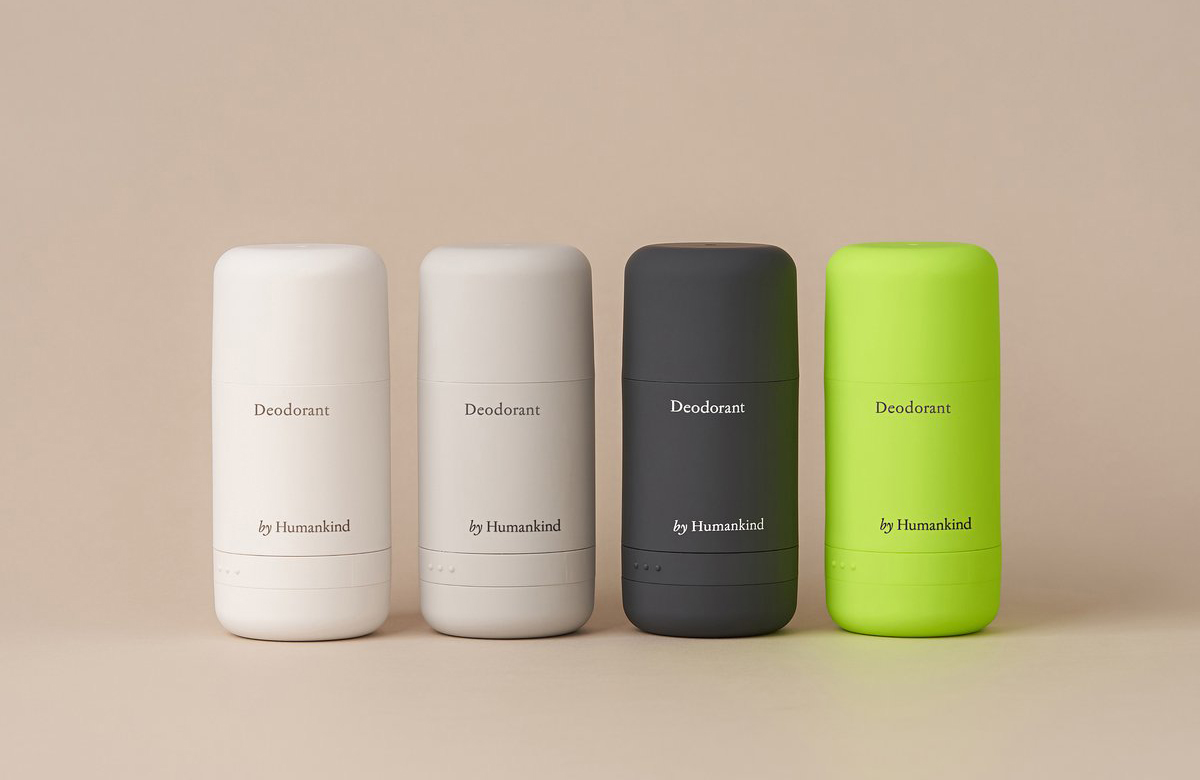
Create for reuse.
It’s a trip to see Häagen-Dazs and other household brands displayed in durable packaging. Thanks to Loop, major brands like Nestlé and Unilever are reimagining their product packaging to be reused rather than tossed.
Described as a modern “reboot of the milkman,” Loop delivers everyday products to your door in durable, reusable packaging. Once you’re done with the products, they’ll be picked up, washed, refilled, and shipped to another customer. While this system does require a lot of shipping, it is encouraging to see large corporations expressing interest in more sustainable solutions.
Smaller companies are adopting reusable packaging too. By Humankind, shown here, sells reusable dispensers with their deodorant. When your deodorant runs out, you can hang onto the dispenser and just buy the refill.
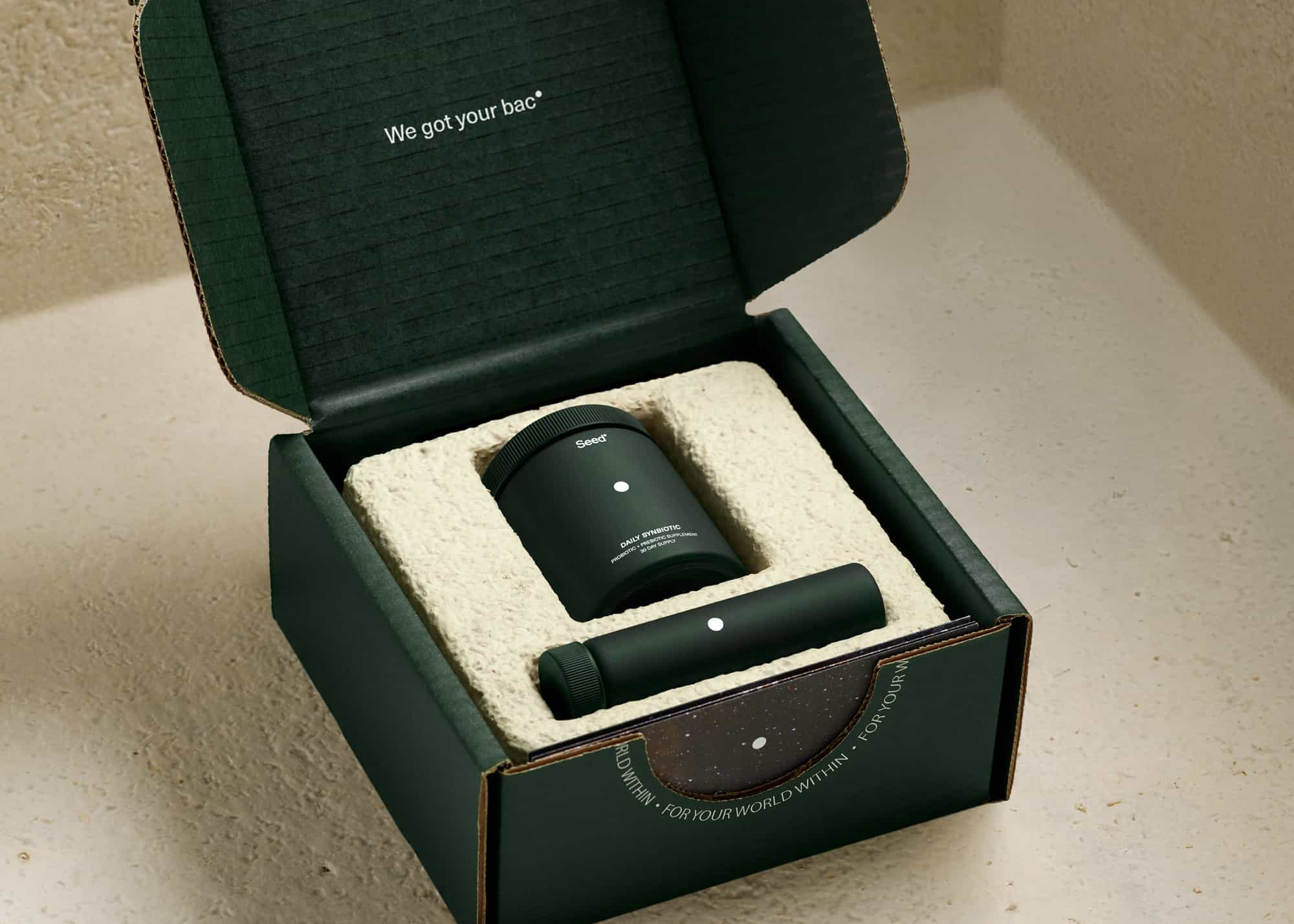
Create to nourish.
This intention captures what’s wonderful about compostable material. When designed to break down in the right conditions, compostable products or packaging can, in time, become nutrient-rich matter that improves and fertilizes soil.
Seed, the probiotic supplement company, understands the magic of bacteria. Partnering with Ecovative Design, Seed’s packaging is made with mushrooms and is 100% compostable. With the ability to break down in just 30 days, what was simply packaging will not only return to earth, but enrich it.

Create with waste.
We’re learning just how many recycling programs worldwide are flawed. But that doesn’t mean there isn’t value in recycling as a whole. It prevents us from drawing upon the planet’s virgin resources, which is especially important when those resources are nonrenewable.
Mohawk Paper understands the importance of this. Their Loop collection features a dozen beautiful, colored paper stocks, all made with between 50-100% post-consumer recycled fiber. By doing so, Mohawk turns “waste” back into a valuable product and reduces our reliance on virgin paper pulp from forests. Yes, trees are renewable, but there are undoubtedly benefits to taking pressure off of these important, slow-growing plants.

Beyond recycling, there’s a wealth of natural materials that are typically considered waste. A trip to the grocery store shows how simple materials like corn husks and banana leaves are used as packaging.
Some additional tips for creating responsibly:
1. Give customers a choice.
Consider giving customers the option to opt out of additional packaging. You might be surprised to see how many are happy to go without it.
2. Provide disposal clarity.
With curbside composting on the rise, it’s more important than ever to clearly state “compostable” on packaging. It’s easy for customers to mistake bioplastic for traditional plastic. When they do, recycling streams become contaminated. By clearly labeling a package as “compostable” you’re also helping the waste management companies; as they sort through waste, it minimizes the chance of a bioplastic package being culled out.
When it comes to recycling, the same applies; make it as clear as possible. It’s tempting to slap a “please recycle” note on your packaging, but make sure to do your homework; your packaging might not be universally recyclable (hello, Tetra Pak). Consider using How2Recycle to give customers accurate information.
3. Consider proximity.
If you know that 90% of your customers will be in California, for example, consider producing your product and packaging within the state. Doing so minimizes the environmental footprint associated with transportation. The same can be said for raw materials used. Consider sourcing your paper, cotton, what-have-you, as close to your customers and manufacturing site as possible.
4. Keep learning.
Sustainability is incredibly complex, but don’t let that prevent you from making small, initial steps. Learn about materials and certifications, become familiar with your local waste management facility, and keep your eyes peeled for new developments. There’s a surge of innovation happening in this space. It’s fast moving, and the best thing we can all do is tune in.
5. Lastly, do it because you should.
Thanks to consumer demands, companies big and small are hurrying to adopt more sustainable practices. While it’s exciting and encouraging to watch, our hope is that this is a long-lasting shift rather than a momentary trend. If our true goal is to exist more harmoniously with the planet, then let’s do it not for the marketing angle or the press headline, but because all life on Earth needs us to.
Next article:
Composting & Bioplastics: Why it’s so Complex
